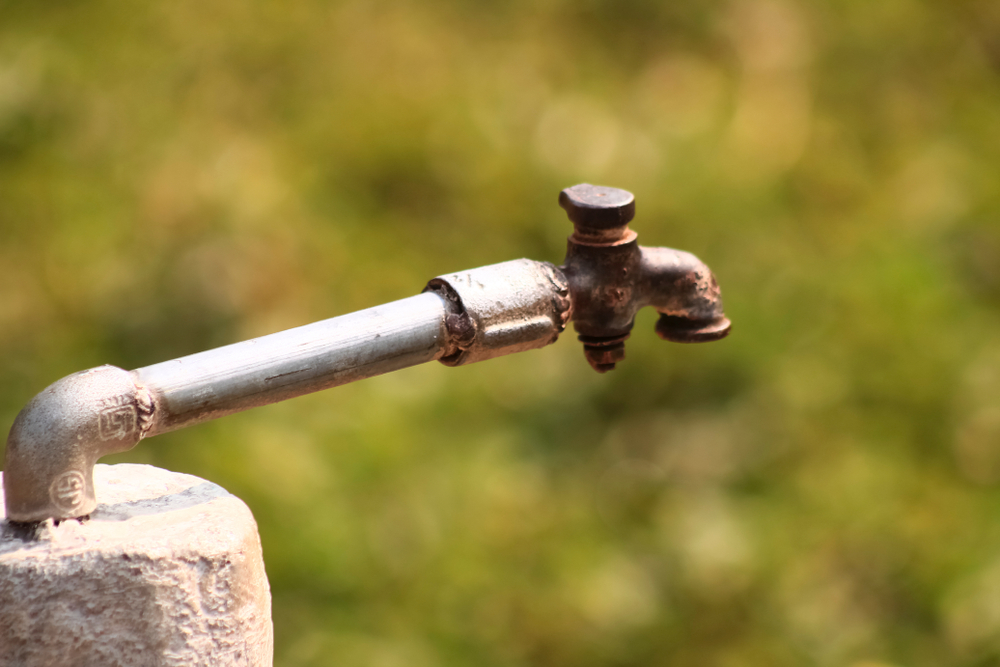The states of the Northeast have fared poorly in water management and there has been little improvement in their performances, a document released by the Niti Aayog has revealed.
The policy think tank released the second round of Composite Water Management Index (CWMI 2.0) in New Delhi. The states of the region have scored less than 50, indicating their low performances.
The CWMI is an important tool to assess and improve performances of states/Union Territories in efficient management of water resources.
From among the northeastern and Himalayan states, Himachal Pradesh topped the list with a score of 67. Tripura, Assam, Sikkim, Nagaland, Meghalaya and Arunachal Pradesh scored 47, 44, 42, 30, 26, 22, respectively.
The CWMI 2.0 ranked various states for the reference year 2017-18 as against the base year 2016-17.
In the report, Gujarat retained its first position in the reference year (2017-18) followed by Andhra Pradesh, Madhya Pradesh, Goa, Karnataka and Tamil Nadu.
On an average, 80 per cent of the states assessed on the Index over the last three years have improved their water management scores with an average improvement of +5.2 points.
The Niti Aayog first launched and conceptualised the CWMI in 2018 to promote cooperative and competitive federalism among the states, a communiqué stated.
This was the first ever attempt at creating a pan-India set of metrics that measured different dimensions of water management and use across the lifecycle of water.
The report was widely acknowledged and provided actionable guidance to states on where they were doing well, absolutely and relatively, and what they needed to focus on to secure their water future.
As per the document, Assam has restored around 70 per cent of the irrigation potential of identified waterbodies while the state has assessed all projects for IPU-IPC (irrigation potential utilised-irrigation potential created) gaps, lined 90 per cent of identified canals and has high irrigation operation and maintenance expenditure.
Assam has also enacted conservation legislations and established integrated data centre. However, it noted that the state has agro-climatic zoning-based cultivation on only 16 per cent land, no feeder segregation and negligible micro-irrigation coverage.
On drinking of water in the rural areas, only round 62 per cent of rural habitations have been fully covered and there has been negligible reduction in water quality issues while only 20 per cent of urban population have access and no wastewater is treated.
On Meghalaya, the report said that on rural water quality, while access remains low, the state has achieved complete reduction in habitants facing water quality issues. However, it noted that only around 40 per cent of rural habitations have been fully covered by water supply while the state has not installed any capacity to treat wastewater.
On Nagaland, it stated that the state has constructed 55 per cent of its targeted water harvesting structures and has geo-tagged 74 per cent of Integrated Watershed Management Programme assets.
On rural water quality, it said that while access remains low, the state has achieved complete reduction in proportion of habitants facing water quality issues.
The state, however, has to improve its rural drinking water coverage as only less than 50 per cent of rural habitations have been fully covered. In the urban areas, only 22 per cent of the population are covered with drinking water supply and the state has not installed any capacity to treat its wastewater.










